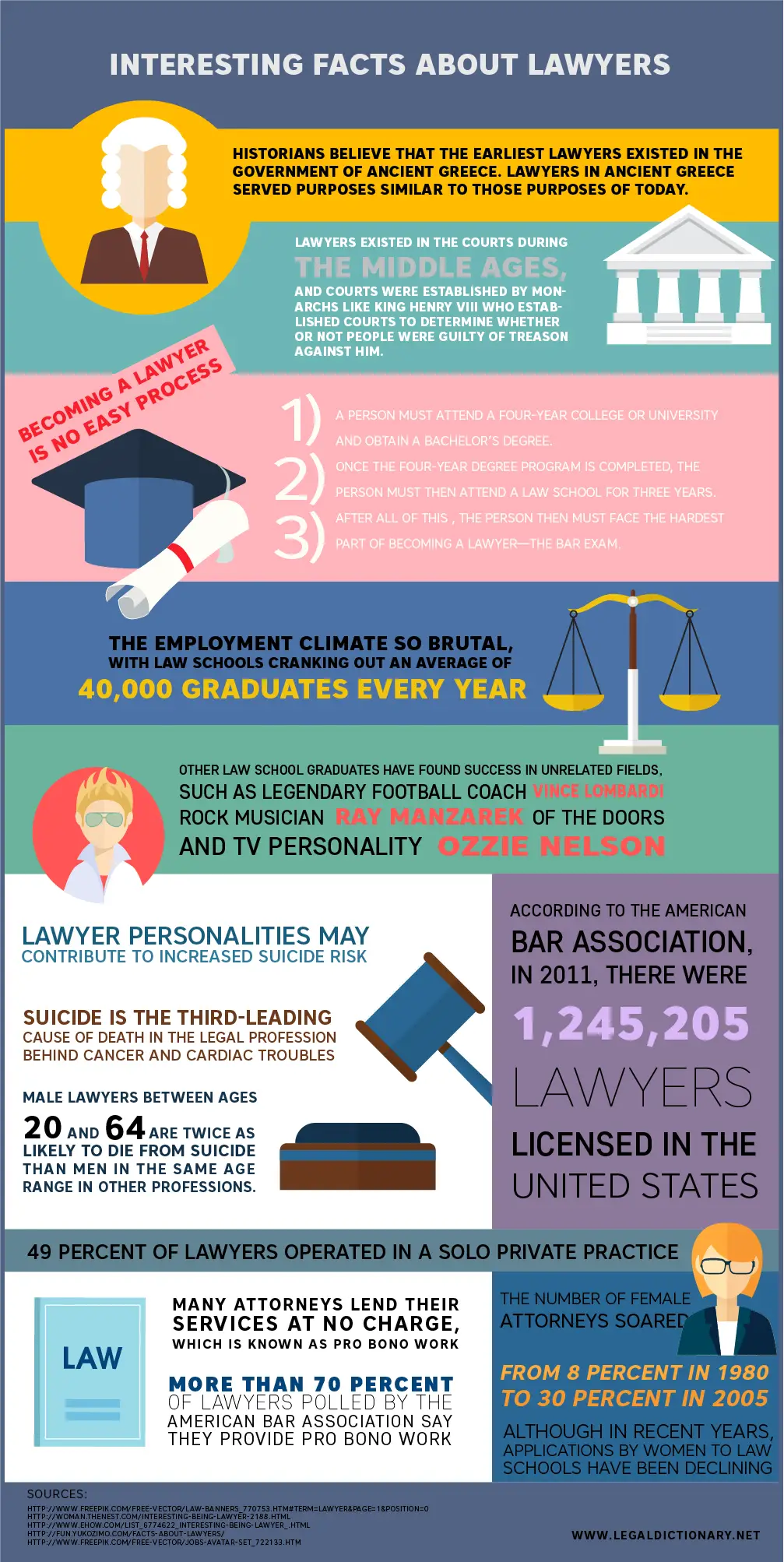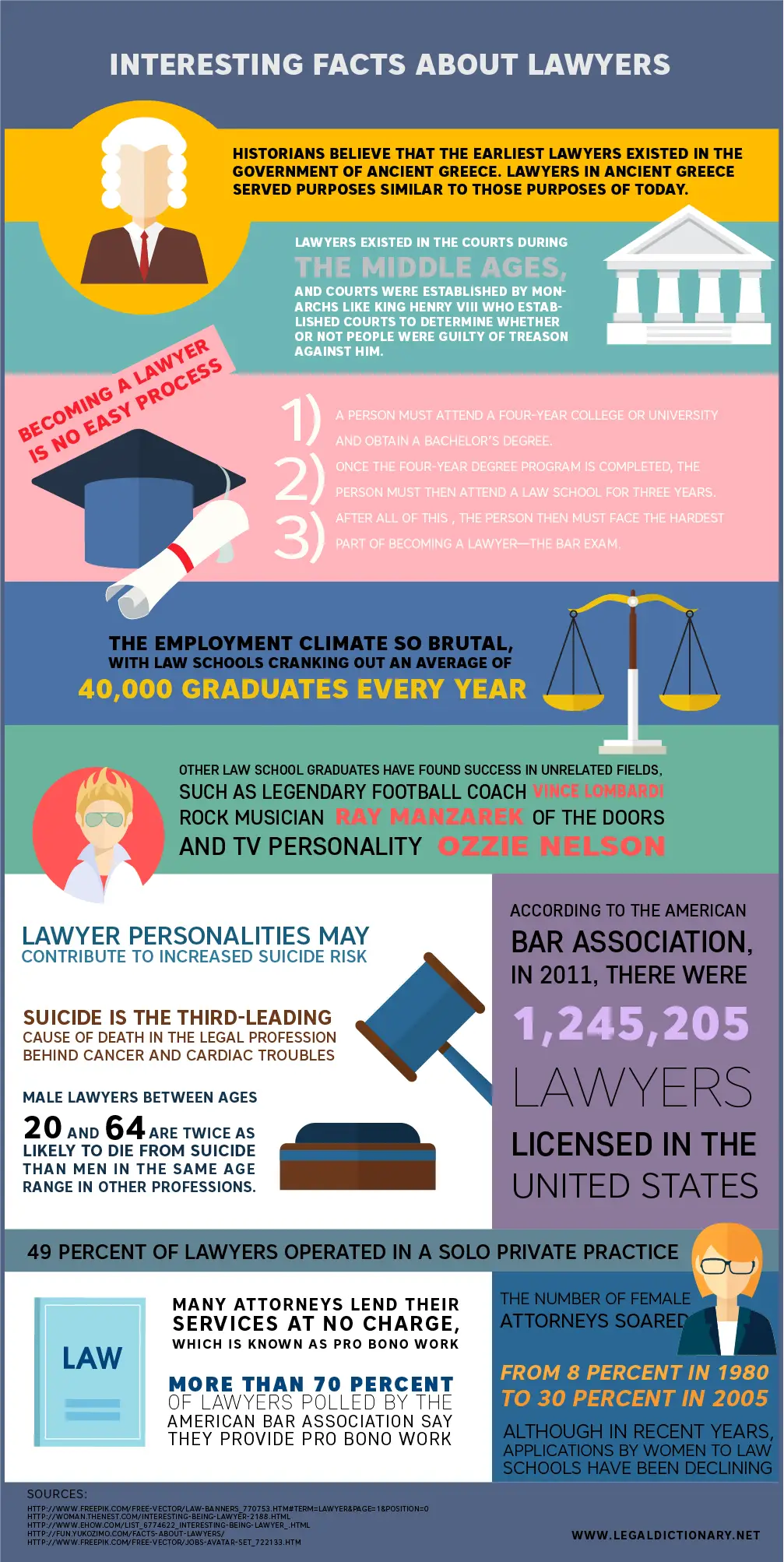If you have difficultly, refer back to this chapter to help guide you as you master the case method of study and the art of using the common law. Because the process of summarizing a case and putting it into your own words within a brief provides an understanding of the law and of the case that you cannot gain through the process of highlighting or annotating. In addition to making it easier to review an original case, annotating cases during the first review of a case makes the briefing process easier. With adequate annotations, the important details needed for your brief will be much easier to retrieve. Without annotations, you will likely have difficulty locating the information you seek even in the short cases. An annotation in the margin, however, will not only swiftly guide you to a pertinent section, but will also refresh the thoughts that you had while reading that section.
What issues and conclusions are relevant to include in a brief? There is usually one main issue on which the court rests its decision. This may seem simple, but the court may talk about multiple issues, and may discuss multiple arguments from both sides of the case. Be sure to distinguish the issues from the arguments made by the parties. The relevant issue or issues, and corresponding conclusions, are the ones for which the court made a final decision and which are binding.
Also, the deadline for arraignment depends on what time of the day you were arrested, so talk to a lawyer to find out exactly when the prosecutor’s deadline to file charges is. With a basic understanding of the case, and with annotations in the margin, the second read-through of the case should be much easier. You can direct your reading to the most important sections and will have an easier time identifying what is and is not important. Continue rereading the case until you have identified all the relevant information that you need to make your brief, including the issue(s), the facts, the holding, and the relevant parts of the analysis. When you read a case for the first time, read for the story and for a basic understanding of the dispute, the issues, the rationale, and the decision.
Application Checklist
The revisor’s office is responsible for assuring that the proposal’s form complies with the rules of both bodies before the bill can be introduced into the Minnesota House of Representatives and the Minnesota Senate. When a bill is reported out of committee, it is placed on the Second Reading Calendar and is read again. The following legislative day, the bill is automatically on the Third Reading Calendar unless other action has been taken.
Admissions & Aid
Any supplemental materials, i.e. letters of recommendation, should be sent as PDF attachments to Transcripts and Dean’s certification letters may be mailed to the Admissions Office. In order to register as students, Stanford University requires all those who are not U.S. citizens or U.S. registered permanent residents to obtain and maintain an appropriate visa status for their stay in the United States. For more information, please visit the Bechtel International Center website. Read more about Houston Business Attorney here. To secure a place in the entering class, applicants accepted for admission must pay a deposit. The Admissions Committee does not grant interviews as part of the admissions process.
Before you begin looking for laws and court opinions, you first need to define the scope of your legal research project. Knowing where to start a difficult legal research project can be a challenge.
Setting a Trial Date
Non-matriculated students are required to pay all applicable Villanova University School of Law fees and tuition. To apply as a visiting student, you must be currently attending an ABA-accredited law school. December 1, 2023 — The date your application must be received and deemed complete (last eligible LSAT test administration is November 2023) by SLS if you are applying for the Knight-Hennessy Scholars Program. We strongly suggest that applicants take the LSAT prior to the November test administration so that all application deadline requirements are met.
A bill is a proposal for the enactment, amendment or repeal of an existing law, or for the appropriation of public money. Read more about buyers remorse law in Texas here. A bill may originate in either the House or Senate, with the exception of revenue measures, which originate in the House of Representatives. It must be passed by a majority vote of each house of the Legislature and be signed into law by the Governor.






